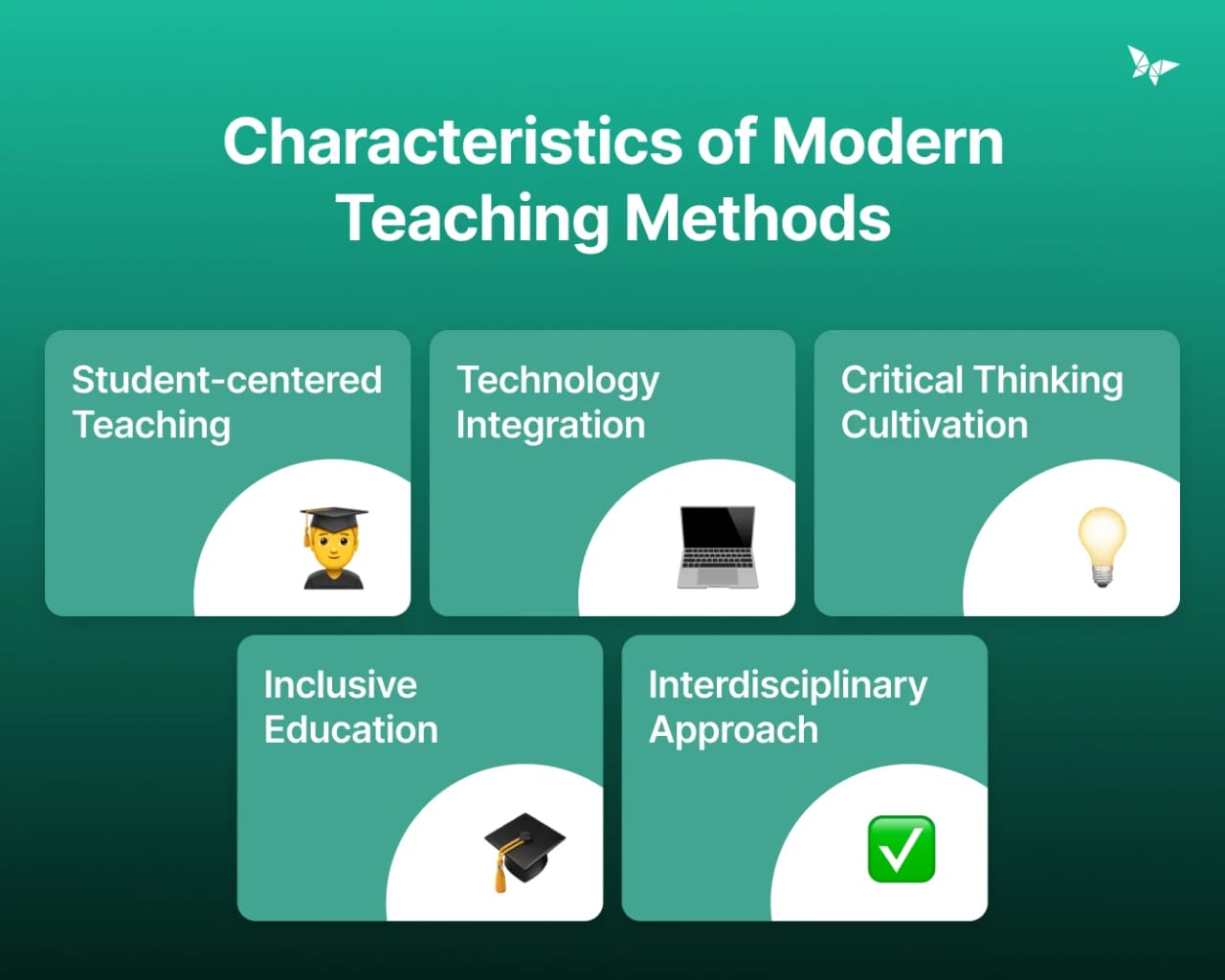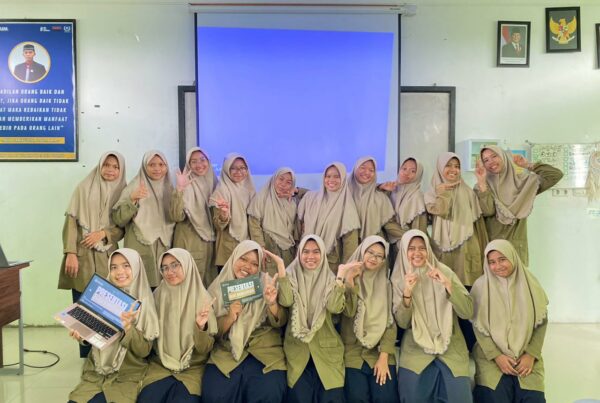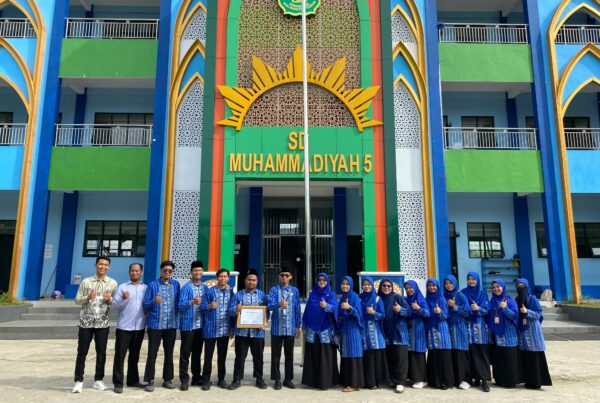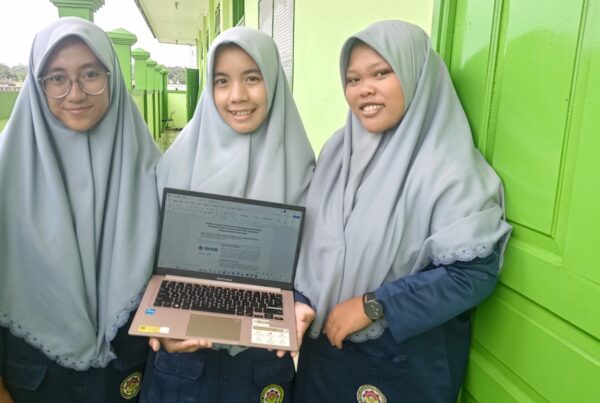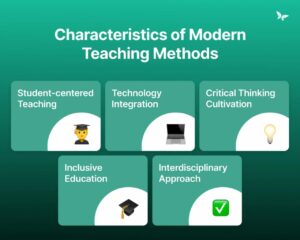
Author : Eko Handayani, S.Pd
In the dynamic landscape of education these days, the role of a teacher goes far beyond simply delivering teaching content. Effective teaching requires thoughtful selection and application of teaching methods, approaches, strategies, and media that align with the students’ academic needs, interests, and learning styles. When these elements are appropriately matched, the learning process becomes more engaging, meaningful, and successful.
Understanding Diversity in the Classroom
Every classroom is composed of students with varied backgrounds, cognitive abilities, interests, and preferred learning styles—whether visual, auditory, kinesthetic, or a combination. Some students grasp concepts better through direct instruction, while others thrive in collaborative or hands-on activities. Recognizing and embracing this diversity is the first step in planning effective instruction.
The Role of Teaching Methods and Approaches
Teaching methods and approaches provide the foundation on how content is delivered. Whether using constructivist, inquiry-based, or traditional approaches, the key is choosing one that best suits the subject matter and the students. For example, a student-centered approach works well for fostering critical thinking in humanities. By aligning the approach to both content and learner profiles, teachers can enhance comprehension and retention.
The Power of Instructional Strategies
Instructional strategies are the specific techniques used to facilitate learning, such as cooperative learning, problem-solving, scaffolding, or the use of graphic organizers. These strategies must be adaptable to students’ readiness levels and interests. For instance, using storytelling in teaching history can make the lesson more relatable and interesting to students who enjoy narratives, while using simulations or debates can appeal to students who learn best through interaction and critical thinking.
Integrating Appropriate Media
Media plays a significant role in supporting learning, particularly in today’s digital age. Multimedia presentations, educational videos, interactive apps, and visual aids can make abstract concepts more concrete. The choice of media should be purposeful and directly support the learning objectives while considering students’ technological literacy and access. For visual learners, diagrams and videos may enhance understanding, whereas podcasts and audiobooks might benefit the auditory learners.
Matching to Academic Needs and Interests
When instruction is tailored to meet students’ academic levels, it minimizes frustration and builds confidence. Differentiated instruction, formative assessments, and ongoing feedback allow educators to identify learning gaps and strengths, enabling better alignment of teaching methods. Additionally, tapping into students’ interests fosters intrinsic motivation, making them more engaged in their learning process.
Conclusion
In conclusion, the thoughtful integration of appropriate teaching methods, approaches, strategies, and media is essential for effective teaching and learning process. When these elements are aligned with students’ academic needs, interests, and learning styles, they not only promote deeper understanding but also create an inclusive and empowering learning environment.
